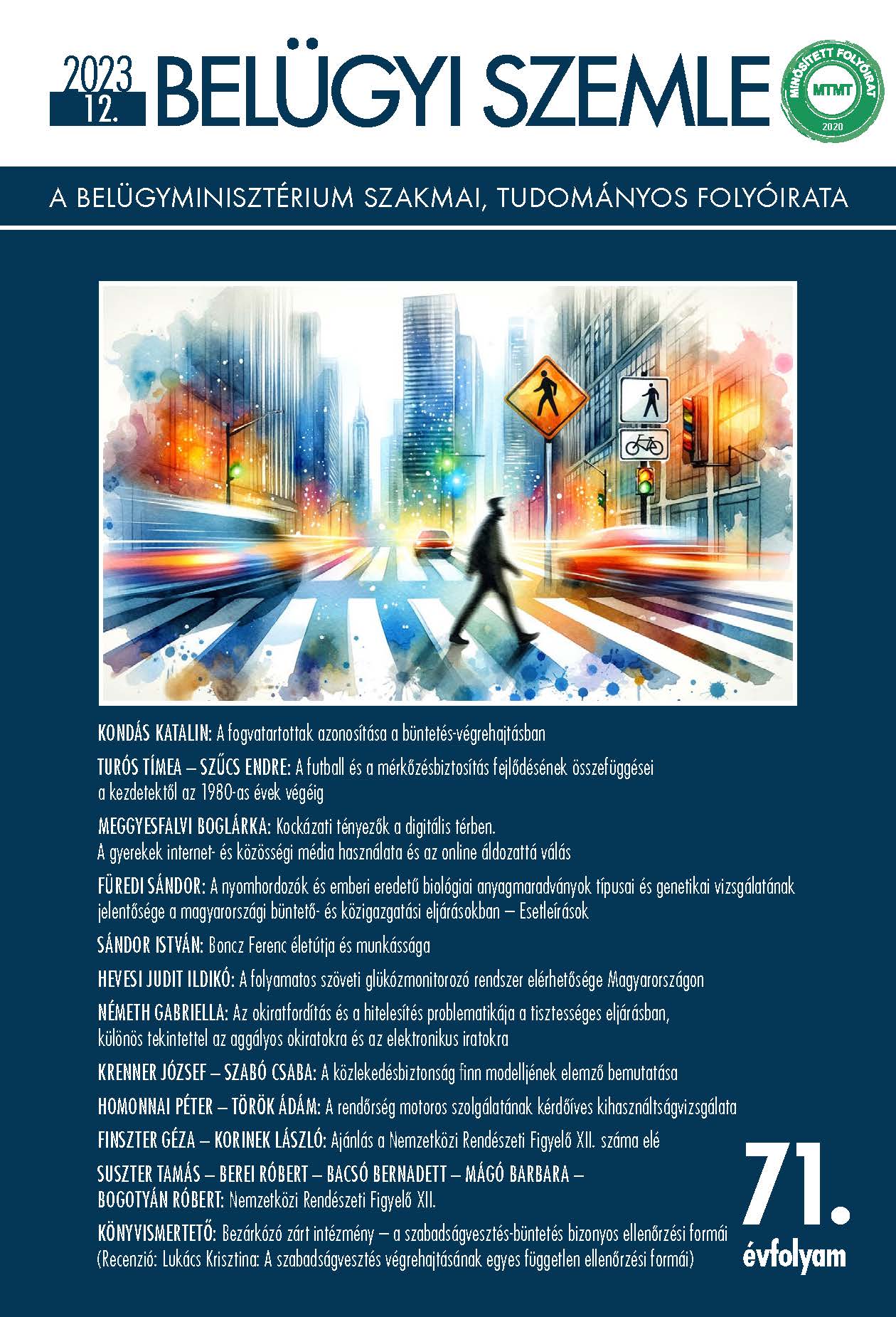Abstract
Aim: The study aims to present the continuous glucose monitoring system, the operational principles of sensor technology in common parlance, the main features of devices available with social insurance support in Hungary, and the support conditions applicable to adult patients.
Methodology: The work includes the current professional guideline related to the management and care of diabetic patients, the currently valid list of medical aids available with social insurance support, the list of designated institutions for ordering, and the social insurance conditions applicable to adult patients. The main features of available systems were compared by reviewing the data on the websites of companies that produce continuous glucose monitoring systems.
Findings: Sensors that work in a similar or analogous way differ in a number of ways, have similar material costs, and their accuracy is not comparable. Currently, social insurance support is only available for type 1 diabetes, with its conditions not being strict but tied to regular usage. The advancement and simplification of the technology may lead to an expansion in the user base and may provide assistance in assessing the suitability of public safety and defence personnel living with diabetes.
Value: The article summarises the condition system for ordering continuous glucose monitoring system with social insurance support and the main characteristics of currently available devices. It provides insight into the operational principle of the technology and new perspectives in its development.

